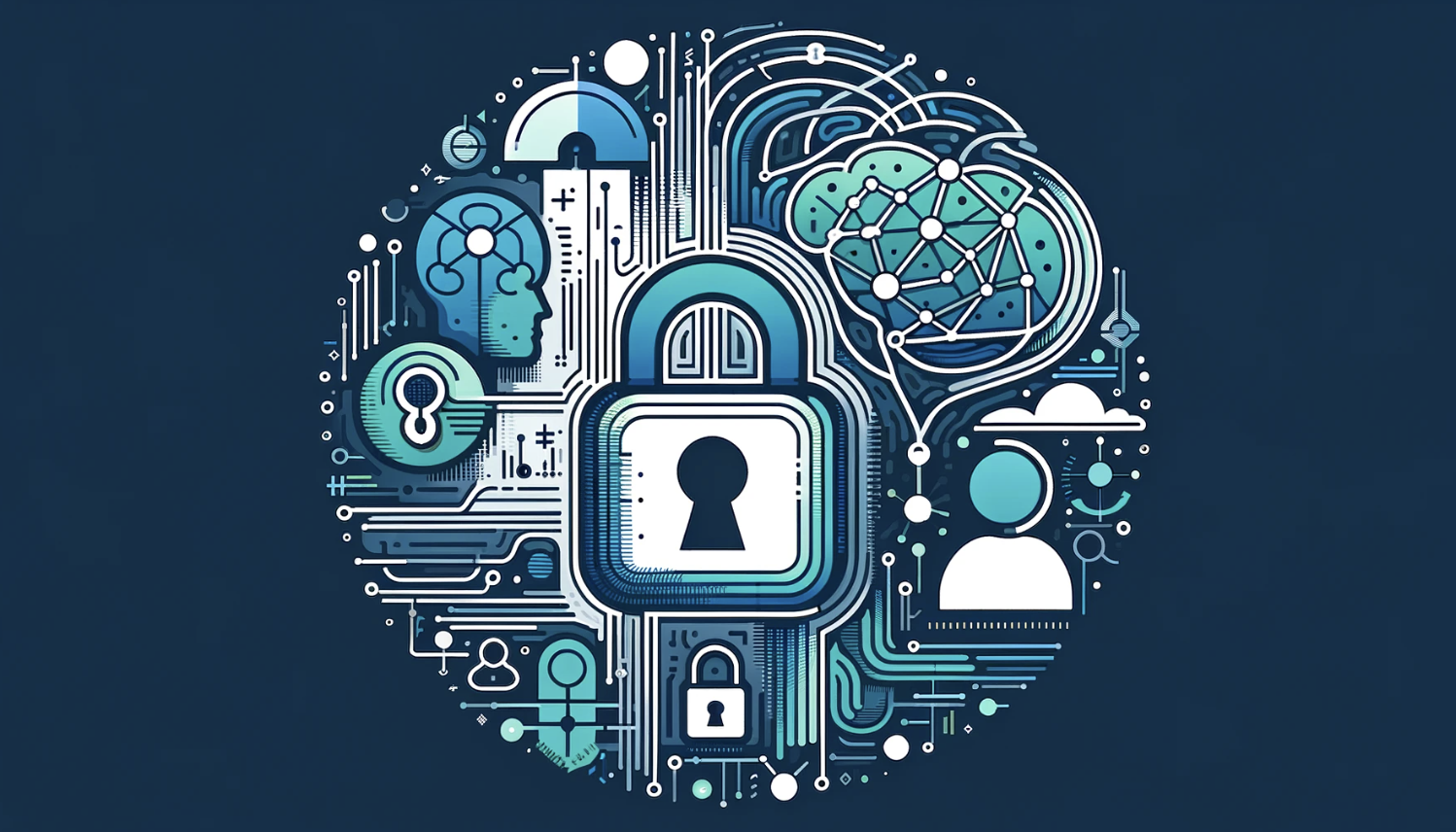In an era where technology evolves at breakneck speed, generative AI stands at the forefront, poised to redefine the cybersecurity landscape. Despite its potential, cybersecurity leaders are navigating uncharted waters, attempting to distinguish between emerging practices and proven strategies that deliver tangible returns on investment. The allure of generative AI is undeniable, with vendors touting its capabilities to drive innovation and enhance productivity. Yet, its practical application in cybersecurity remains largely untapped, awaiting real-world validation.
Generative AI: A Paradigm Shift on the Horizon
Gartner’s insights illuminate a future where generative AI-driven security solutions come to fruition in 2024, marking a pivotal shift towards achieving significant risk management outcomes by 2025. This evolution signifies one of the most anticipated cybersecurity trends, as articulated by Richard Addiscott, a senior director analyst at Gartner. According to Addiscott, Chief Information Security Officers (CISOs) are keenly exploring ways to integrate generative AI within their organizations. The aim is to bolster security measures while adhering to ethical standards and accelerating strategic goals.
The Promise and Challenges of Generative AI
The journey towards embracing generative AI is fraught with skepticism and optimism. In the near term, generative AI has the potential to revolutionize security operations, enhancing defensive measures against cyber threats and improving efficiency amidst a global talent shortage. Yet, the path is not without its hurdles, as the initial phase may lead to prompt fatigue rather than a boost in productivity. Organizations are encouraged to foster a culture of experimentation and manage expectations effectively, both within and outside the security realm. Despite initial reservations, the long-term prospects of generative AI in cybersecurity are promising, offering a beacon of hope for organizations worldwide.
Cultivating a Security-Conscious Culture
The fabric of a robust cybersecurity program is woven from the threads of organizational culture. Recognizing this, CISOs are increasingly adopting Security Behavior and Culture Programs (SBCPs), with Gartner predicting that by 2027, half of the CISOs at large enterprises will have embraced human-centric security practices.
The Evolution of Security Behavior and Culture Programs
SBCPs represent a shift towards an integrated approach that seeks to instill secure behaviors and practices across all organizational levels. This holistic strategy extends beyond mere end-user actions, encompassing the entire enterprise spectrum. Gartner’s PIPE framework offers a guiding light for organizations transitioning to this model, emphasizing practices such as organizational change management and human-centric design. Moreover, generative AI emerges as a pivotal tool in personalizing cybersecurity programs, leveraging employee data to tailor security measures effectively.
Deepening Understanding Through Data
The essence of SBCPs lies in their ability to analyze data to pinpoint the behaviors leading to security incidents. This insight allows for a balanced approach to addressing security vulnerabilities, underscoring the importance of executive support and a clear vision of optimal security practices. Although implementing SBCPs is a substantial endeavor, the journey towards a security-aware culture is incremental, allowing organizations to scale their efforts according to their capabilities and maturity.
Innovations in Cybersecurity Management
The dynamic cybersecurity landscape necessitates continuous innovation and adaptation. From bridging communication gaps in the boardroom with actionable metrics to addressing the pressing talent shortage, the sector is ripe for transformation.
Bridging Boardroom Communications Gaps
The impending regulatory changes globally compel boards to deepen their understanding of cybersecurity risks. Gartner advises enhancing contingency plans and establishing robust third-party incident management strategies to bolster organizational resilience. This approach emphasizes the importance of a secure and resilient supply chain as a cornerstone of broader organizational strength.
Addressing the Cybersecurity Talent Shortage
The talent gap in cybersecurity is more pronounced than ever, with the demand for skilled professionals outstripping supply. Gartner encourages a departure from traditional hiring practices, advocating for a focus on adjacent and soft skills that align with the evolving needs of the cybersecurity domain. Organizations are urged to foster a learning culture that prioritizes hands-on skill development, preparing for the future landscape of cybersecurity roles.
Continuous Threat Exposure Management and IAM Evolution
As attack surfaces expand, continuous threat exposure management (CTEM) and the evolution of identity access management (IAM) have become critical. Gartner predicts a significant reduction in breaches for organizations prioritizing CTEM, highlighting the necessity of ongoing exposure management. Concurrently, the push towards implementing proper identity hygiene and expanding identity threat detection underscores the growing importance of IAM in securing digital identities.
Conclusion
The cybersecurity landscape is at a crossroads, with generative AI and the advancement of security culture programs standing as pillars of future resilience. As organizations navigate the complexities of integrating new technologies and fostering a security-conscious culture, the path forward demands innovation, adaptation, and a commitment to continuous improvement. The insights and predictions offered by Gartner provide a roadmap for CISOs and cybersecurity leaders, outlining the challenges and opportunities that lie ahead. In this journey, the convergence of technology and human-centric











